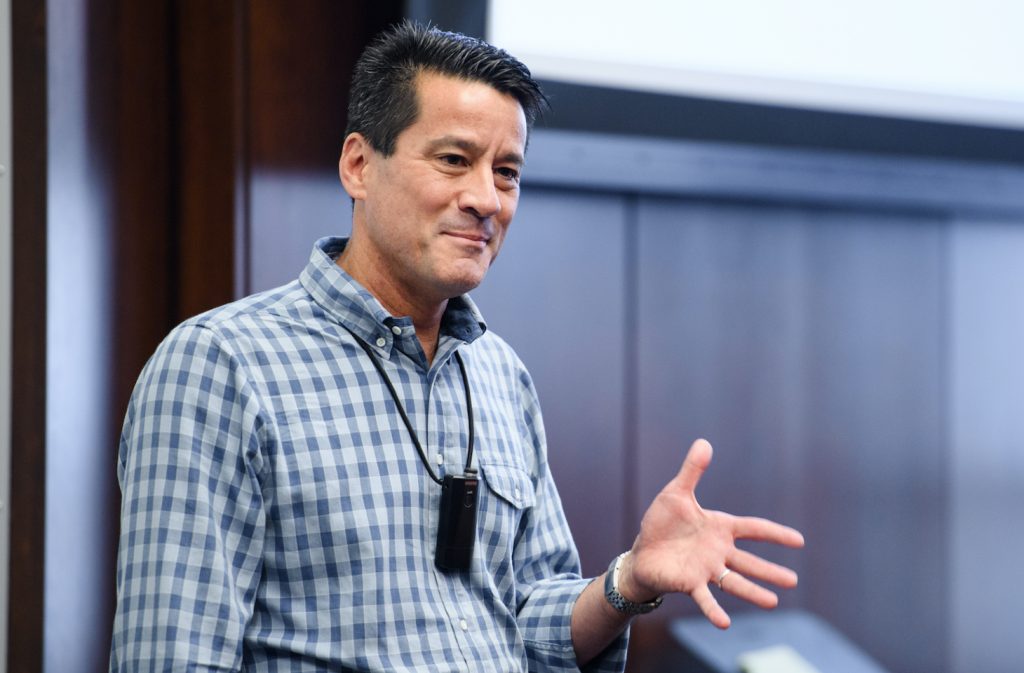
In recent years, and even recent months, there have been rapid and dramatic advances in the technology known as generative AI. Generative AI models are trained on inconceivably massive collections of text, code, images, and other rich data. They are now able to produce, on demand, coherent and compelling stories, news summaries, poems, lyrics, paintings, and programs. The potential practical uses of generative AI are only just beginning to be understood but are likely to be manifold and revolutionary and to include writing aids, creative content production and refinement, personal assistants, copywriting, code generation, and much more.
There is thus considerable excitement about the transformations and new opportunities that generative AI may bring. There are also understandable concerns — some of them new twists on those of traditional responsible AI (such as fairness and privacy) and some of them genuinely new (such as the mimicry of artistic or literary styles). In this essay, I survey these concerns and how they might be addressed over time.
I will focus primarily on technical approaches to the risks, while acknowledging that social, legal, regulatory, and policy mechanisms will also have important roles to play. At Amazon, our hope is that such a balanced approach can significantly reduce the risks, while still preserving much of the excitement and usefulness of generative AI.
What is generative AI?
To understand what generative AI is and how it works, it is helpful to begin with the example of large language models (LLMs). Imagine the thought experiment in which we start with some sentence fragment like Once upon a time, there was a great …, and we poll people on what word they would add next. Some might say wizard, others might say queen, monster, and so on. We would also expect that given the fairy tale nature of the fragment, words such as apricot or fork would be rather unlikely suggestions.
If we poll a large enough population, a probability distribution over next words would begin to emerge. We could then randomly pick a word from that distribution (say wizard), and now our sequence would be one word longer — Once upon a time, there was a great wizard … — and we could again poll for the next word. In this manner we could theoretically generate entire stories, and if we restarted the whole process, the crowd would produce an entirely different narrative due to the inherent randomness.
Dramatic advances in machine learning have effectively made this thought experiment a reality. But instead of polling crowds of people, we use a model to predict likely next words, one trained on a massive collection of documents — public collections of fiction and nonfiction, Wikipedia entries and news articles, transcripts of human dialogue, open-source code, and much more.
If the training data contains enough sentences beginning Once upon a time, there was a great …, it will be easy to sample plausible next words for our initial fragment. But LLMs can generalize and create as well, and not always in ways that humans might expect. The model might generate Once upon a time, there was a great storm based on occurrences of tremendous storm in the training data, combined with the learned synonymy of great and tremendous. This completion can happen despite great storm never appearing verbatim in the training data and despite the completions more expected by humans (like wizard and queen).
The resulting models are just as complex as their training data, often described by hundreds of billions of numbers (or parameters, in machine learning parlance), hence the “large” in LLM. LLMs have become so good that not only do they consistently generate grammatically correct text, but they create content that is coherent and often compelling, matching the tone and style of the fragments they were given (known as prompts). Start them with a fairy tale beginning, and they generate fairy tales; give them what seems to be the start of a news article, and they write a news-like article. The latest LLMs can even follow instructions rather than simply extend a prompt, as in Write lyrics about the Philadelphia Eagles to the tune of the Beatles song “Get Back”.
Generative AI isn’t limited to text, and many models combine language and images, as in Create a painting of a skateboarding cat in the style of Andy Warhol. The techniques for building such systems are a bit more complex than for LLMs and involve learning a model of proximity between text and images, which can be done using data sources like captioned photos. If there are enough images containing cats that have the word cat in the caption, the model will capture the proximity between the word and pictures of cats.
The examples above suggest that generative AI is a form of entertainment, but many potential practical uses are also beginning to emerge, including generative AI as a writing tool (Shorten the following paragraphs and improve their grammar), for productivity (Extract the action items from this meeting transcript), for creative content (Propose logo designs for a startup building a dog-walking app), for simulating focus groups (Which of the following two product descriptions would Florida retirees find more appealing?), for programming (Give me a code snippet to sort a list of numbers), and many others.
So the excitement over the current and potential applications of generative AI is palpable and growing. But generative AI also gives rise to some new risks and challenges in the responsible use of AI and machine learning. And the likely eventual ubiquity of generative models in everyday life and work amplifies the stakes in addressing these concerns thoughtfully and effectively.
Read Michael Kearns full story at Amazon Science.
